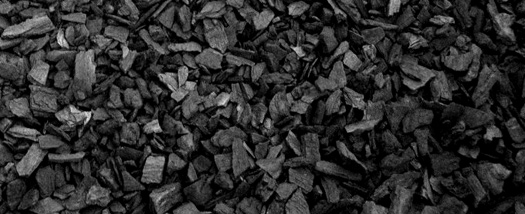The conversion of wood to charcoal is a captivating process that undergoes significant chemical changes. At its core, it represents a transformation from a complex organic material, wood, into a more carbon-rich and energy-dense form, charcoal. But is this conversion truly a chemical change?
Understanding the Chemical Metamorphosis
The wood charcoal making machine transition involves a series of intricate chemical alterations, primarily due to pyrolysis. Pyrolysis is a thermochemical process that occurs when wood is heated to high temperatures in an environment devoid of oxygen. During this transformational journey, wood’s cellular structure undergoes a breakdown, liberating volatile compounds like water, gases (such as methane and carbon dioxide), and leaving behind carbon-rich residues, i.e., charcoal.

Chemical Shifts in Composition
The chemical composition alteration from wood to charcoal is profound. Wood, primarily composed of cellulose, hemicellulose, and lignin—complex polymers—undergoes decomposition under heat. This decomposition involves the breakdown of these polymers into simpler hydrocarbons and other compounds, ultimately resulting in a carbon-rich residue known as charcoal.
Physical vs. Chemical Transformation
While the process involves significant chemical changes, it’s crucial to differentiate between physical and chemical transformations. In this case, while the appearance and properties change, the elemental components remain consistent. The carbon content in wood and charcoal remains largely the same, indicating more of a physical transformation than an alteration at the elemental level. More information on biomass pyrolysis plant here.
Advantages of Wood to Charcoal Conversion
The conversion from wood to charcoal offers various advantages. Charcoal, being more carbon-dense than wood, provides a concentrated energy source with enhanced calorific value. Its porous structure makes it an excellent material for various applications like cooking, metallurgy, and filtration. Furthermore, charcoal tends to burn more cleanly and efficiently than wood, emitting fewer pollutants.
Environmental Implications and Sustainability
From an environmental standpoint, wood to charcoal conversion has both positive and negative implications. While it offers a more concentrated energy source and reduces deforestation pressures by utilizing wood waste or sustainably sourced wood, the process itself may release greenhouse gases if not executed efficiently. Check the biochar production equipment here.

Is It Truly a Chemical Change?
In summary, the transformation from wood to charcoal embodies a mix of chemical and physical changes. While the chemical composition alters during pyrolysis, the elemental components primarily remain constant, distinguishing it from a purely chemical change where the elemental composition would shift. Therefore, it’s considered more of a physical transformation with significant chemical alterations in the organic compounds present in wood.
Conclusion: A Fusion of Chemistry and Physics
In essence, the conversion from wood to charcoal is a captivating process that intertwines chemical and physical changes. While the chemical composition undergoes alterations, the fundamental elements persist. Understanding this transformation unveils the intricacies of pyrolysis and highlights the unique properties that make charcoal an indispensable resource, showcasing the synergy between chemistry and physics in this remarkable journey. See the Beston Group to look for more eco-friendly projects.